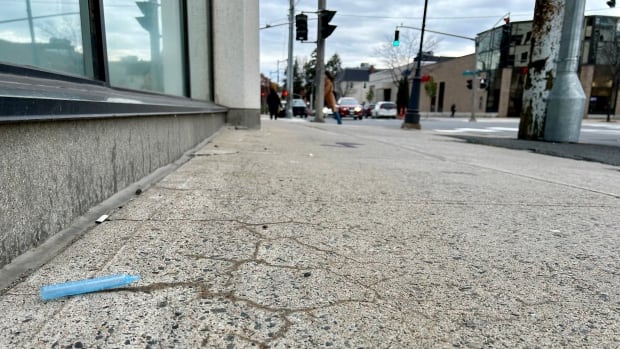
An opioid replacement program in downtown Fredericton will continue to operate at the River Stone Recovery Centre until March 2025 after it got a one-year extension from Health Canada, despite increased opposition to the clinic.
River Stone Recover Centre is one of five federally funded sites offering opioid agonist therapy and the first in Atlantic Canada.
Dr. Sara Davidson, who runs the clinic, said it offers “a medical alternative to a toxic unregulated supply,” which helps mitigate the risk of death or overdose and moves people away from criminal activity.
But Davidson has faced growing questions from downtown business owners and residents, who wonder whether she’s helping to solve the problem or adding to it.
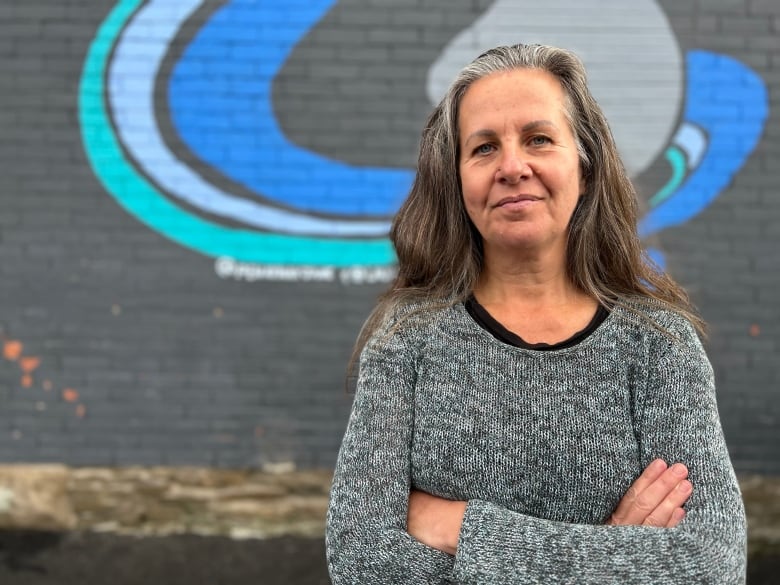
She acknowledges that offering a safe supply is just part of the solution and said more support is needed when it comes to mental health services and housing, to help people turn their lives around.
Julian Somers, a clinical psychologist who’s been working in area of addiction, mental health and homelessness for more than 35 years, said Fredericton is not unique.
This is “unfortunately an area that we see very much on the increase in many parts of Canada,” he said.
When methadone, which he calls the original opiate agonist therapy, was introduced in the 1950s and early ’60s, there was “incredible success,” Somers said. But methadone itself was a relatively small component of the intervention, he said.
Julian Somers is a clinical psychologist who’s been working in the area of addiction, mental health and homelessness for more than three decades. He says the use of opioid replacement drugs should be a relatively small component of the intervention.
People were also offered long-term support to re-establish employment and connections with their families, he said.
That support gradually waned.
“And over time, what happened to those early programs is that they became pharmacy dispensing programs.”
Safe supply alone leads to backlash
Somers agrees with Davidson that prescribing is not enough.
“There was never strong evidence to support the idea that providing people who are homeless and unemployed and socially alienated and just psychologically struggling … with drugs, or a new type of drug, is going to substantially improve their well-being.”
Without a full and complete intervention, Somers argues that harm reduction programs are fighting a losing battle and clients are unlikely to achieve any meaningful transformation.
“Which over time is likely to create a criticism, if not a backlash, against the programs themselves.”
Health Canada said the River Stone Recovery Centre has received $6.7 million in funding for its project, since 2020.
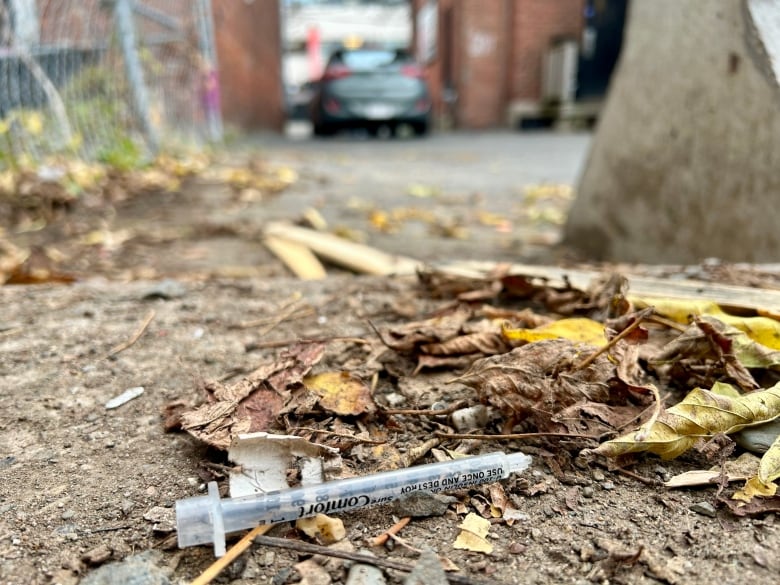
As a condition of this funding, the centre reports regularly on its contribution agreement requirements, including progress monitoring and financial management.
CBC News requested an interview with Health Canada about the pilot project, but that request was denied. A spokesperson suggested CBC talk to the New Brunswick Department of Health, which did not respond to a request.
Support ‘woefully inadequate’
Warren Maddox, the executive director of Fredericton Homeless Shelters Inc., said an increase in drug use has complicated efforts to transition people into both short- and long-term housing.
“What we see is a really big, ugly, gnarly issue that is all intertwined with a bunch of different things,” said Maddox, who has worked with the homeless community for more than a decade.
“We’re dealing with individuals that are profoundly ill and they aren’t getting the therapy that they need, which leads to them self-medicating, which makes things even worse, especially with the toxins that are out there now.”
Maddox would like to see more focus on recovery efforts, calling the current level of service “woefully inadequate.”
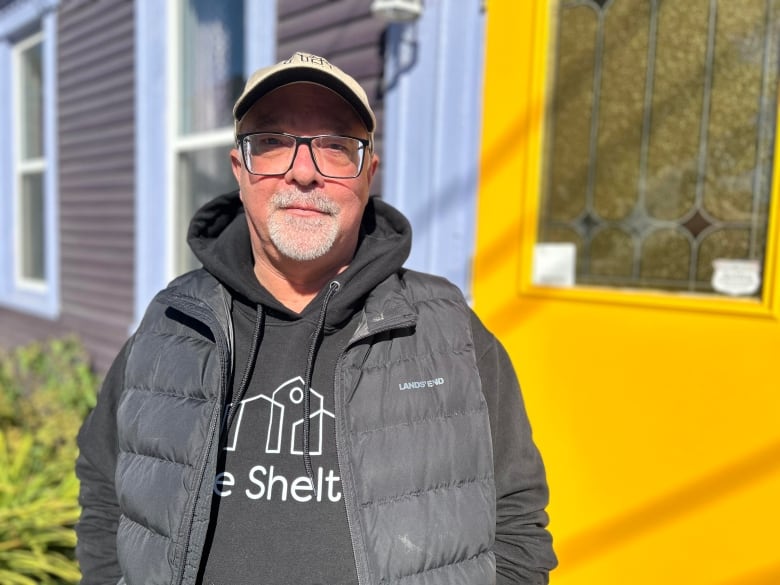
“Part of it is based on 30 years of neglect for building public housing, or 30 years of neglect for dealing with the mental health issues that were coming at us,” he said.
Maddox believes it’s only going to get worse. “I’m not sure that people are aware of the sort of tsunami that’s potentially coming at us.”
Pharmaceuticals only part of solution
River Stone patients have a few different options for treatment. There is injectable opioid agonist therapy, which involves hydromorphone and is only done at the clinic under the supervision of staff.
There are typically between 60 and 70 people on this treatment, but Davidson said new numbers last week show that number is down to just over 50 patients.
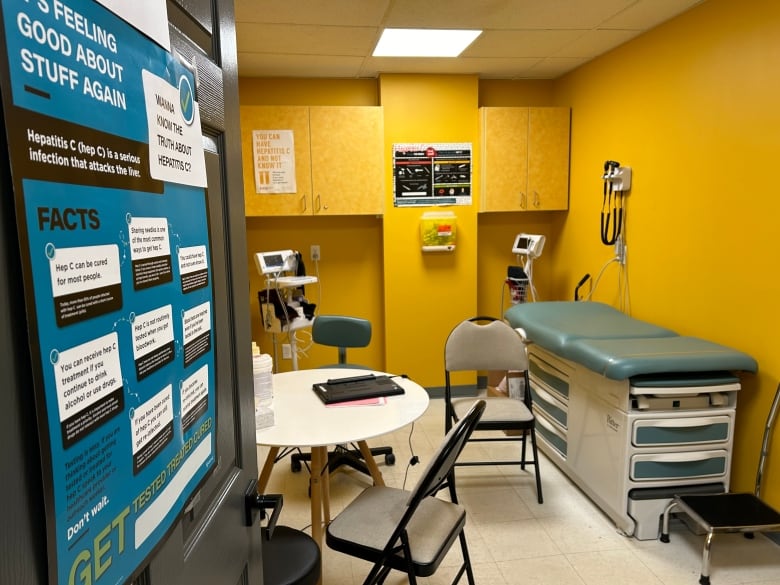
The other, more common treatment, is oral opioid agonist therapy, which involves drugs such as methadone, suboxone or kadian, a long-acting morphine equivalent.
That medication can be taken at the clinic or provided through a prescription to take at home.
The clinic treats about 200 patients across the province for this type of therapy, Davidson said.
Participants receive treatments up to three times a day, and “about three-quarters will get a long-acting oral for overnight so that they’re not going into withdrawal three hours later, so that they can at least hopefully avoid entirely using anything outside of our program,” she said.
All new patients are screened before beginning treatment, Davidson said, to make sure they have a history of recent intravenous drug use. And once those patients are stabilized, it provides them with options.
“And then that really gives people a little more room to address their other health issues, their mental health issues, their relationship with their families, with housing.”
But those other services need to be available, and Davidson said she wishes there were “the depth of supportive housing, not-for-profit housing and wrap-around supports that all of our citizens deserve.”
Somers blamed what he called silos within government and segregated ways of delivering care for the issues being seen now.
“We need to be … providing people who are clearly living in crisis with pathways to being members of our communities. If we focus on that, there may need to be some role for pharmaceuticals, but it’s going to be a lot less and less over time than what we’re currently doing.”


